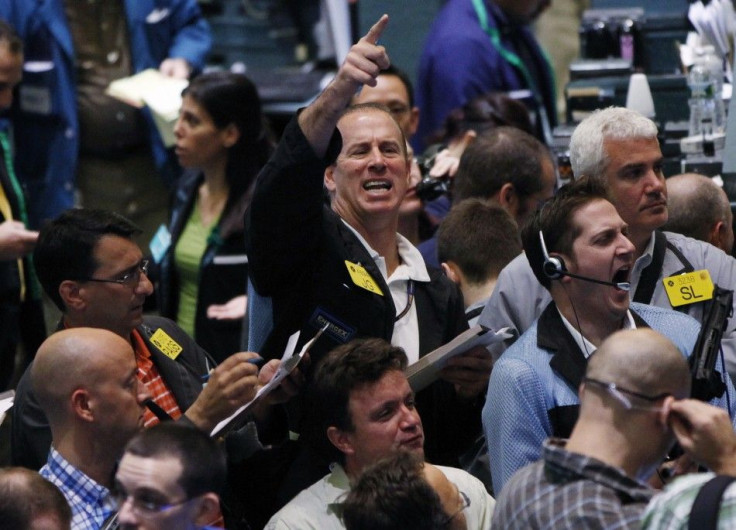Oil Prices: Is Crude About to Push Through $100?
ANALYSIS

Oil -- the lifeblood of the global economy and a critical factor in the growth of U.S. gross domestic product -- is set Friday to close its longest stretch of weekly gains in more than two years, a counterintuitive trend that belies certain economic fundamentals.
Oil traded Friday up 73 cents to $98.53 per barrel in what will likely be its sixth, straight weekly rise, and a 27 percent surge in less than a season. Just a scant month and a half ago, oil traded at $77.50 per barrel.
U.S. Economy: Not As Weak As Some Thought?
What's responsible for the rally in crude? Traders say there are signs the U.S. economy may not be falling off a cliff, as some economic bears argued a month ago. Initial jobless claims claim in below 400,000 in the most recent reporting week, the U.S. Labor Department said, and the key 4-week moving average declined 5,250 to 400,000.
Economists emphasize the more-telling 4-week moving average, as it smooths-out anomalies due to holidays, strikes, and weather-related layoffs, etc.
Further, that improvement in the U.S. labor market is blotting out -- at least for now -- negative oil demand data points, including renewed concern that Italy's debt problems may tip Europe back in to a recession and signs China's oil demand growth is slowing.
Another factor supporting the oil bulls? U.S. oil stockpiles decreased last week, according to a U.S. Energy Department report. The United States is the world's largest consumer of oil.
Technically, oil will encounter major, psychological resistance at the $100 mark, but oil is also now above the 200-day moving aveage -- the toughest average to break in trading -- a bullish sign.
Bullish, Bearish Arguments
The oil bulls -- or those who calculate that oil is headed higher -- argue that despite the slowdown in U.S. and European Union GDP growth, emerging market demand for oil is strong enough to keep oil prices at least firm in the next six months. Institutional investor use of oil futures as a hedge against a weak dollar, higher inflation and/or as an alternative asset adds more buying pressure, teh bulls argue.
The oil bears -- or those who calculate that oil is headed lower -- argue that sub-par U.S. job growth and the contracted workforce has taken more than 10 million drivers off U.S. roads, and that fact, combined with the European sovereign debt-related GDP slowdown, means global oil consumption in 2012 will struggle to eek out a gain, and probably will remain at/near 89 million barrels per day (bpd). Moreover those soft demand conditions will combine with a world awash in oil to drive crude lower -- to below $70 per barrel by March.
Oil/Economic Analysis: Where are oil prices headed in the next six months? The bias favored here is: lower, down to about $75 to $80 per barrel by late January. The oil price-mitigating factor in that prediction? U.S. job growth: if it rises to better than 150,000 new jobs per month -- the U.S. economy created 80,000 new jobs in October -- that would put a floor under crude's price.
Further, oil is a pivotal factor in U.S. GDP growth. The reason? Each $1 per barrel drop in oil increases U.S. GDP by about $100 billion per year and every 1 cent decline in gasoline increases U.S. consumer disposable income by about $600 million per year.
Hence, any decline in oil prices represents a de facto tax cut for the American people -- one most njdividuals would welcome, given stagnant incomes in many job classifications, and amid pinched budgets, due to rising living costs.
The average price for regular unleaded was $3.48 per gallon, down about 50 cents, or about 14 percent since May. However, regular unleaded is still about 60 cents, or 21 percent per gallon higher than a year ago, in November 2010, when the average price was about $2.88.
© Copyright IBTimes 2024. All rights reserved.





















